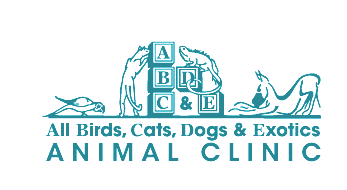
In addition to having a plan and emergency kit for your pet, identification is key in getting your pet reunited with you in case you get separated. Collars with i.d. tags are helpful. However, sometimes pets do get free of their collars or information may become unreadable on the tags. Microchip implantation provides a permanent identification that will not fade overtime or get separated from your pet. Make sure that you update the information associated with microchip anytime you move or change your phone number. Many pets that have been adopted from shelters or rescues already have a microchip and are usually registered at the time of adoption, or the information necessary to register them has been included in your adoption paperwork. If you are not sure whether your pet is microchipped or would like to get your pet microchipped, contact your veterinarian.
ABCDE Animal Clinic will be hosting microchip clinics during the summer. Contact the clinic at 561-622-7370 for a list of dates and times.
Check out the links below for useful information:
CDC Pet Disaster Preparedness Kit Webpage
FL Division of Emergency Management: Have A Pet Plan
PetsWelcome – Search for pet-friendly lodging and shelters in your area. All information is subject to changes. Please verify with the facility ahead of time.
Palm Beach County Emergency Management – The PBC Pet-Friendly shelter is a last resort option and does require pre-registration. However, pre-registration does not guarantee you and your pet a spot.





